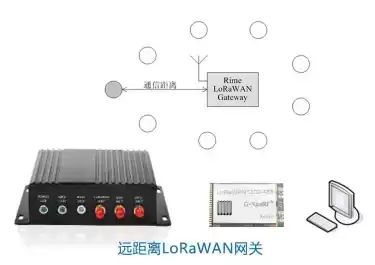How can wireless modules reduce power consumption?
Jun . 2021
Power consumption is a very important parameter in wireless modules. The lower the power consumption of the wireless module is, the longer the working time of the project will be, and the operation and maintenance cost will be correspondingly lower. Especially in the case of only battery supply scenarios, power consumption is even more important. So, how do we reduce power consumption during project operation and make the project work longer?
1. Reduce the number of wireless module transmission and reception
The wireless module generates power consumption each time it transmits and receives, and the power consumption is determined by the size of the transmitting current and the receiving current. Assuming that the wireless module in the project only transmits and receives four times a day and transmits and receives eight times a day, the working time of the former project is half longer than that of the latter. So we want to extend the working time of the project, it is a good way to appropriately reduce the number of transmission and reception of the wireless module. Reducing the transmission time will reduce the reliability, and users need to consider it according to their own circumstances.
2. Reduce wireless module transmission time
According to the calculation formula of electrical power consumption: W (power consumption) = U (Volt) * I (A) * T (seconds), we can know from the electrical power consumption calculation formula that the power consumption is the number of seconds transmitted by the wireless module There is a direct link. Therefore, reducing the transmission time of the wireless module can effectively reduce the power consumption of the wireless module.
3. Reduce the transmit power of the wireless module
The greater the transmit power of the wireless module, the greater the current generated, and the greater the power consumption of the corresponding module; the smaller the transmit power of the wireless module, the smaller the current generated, and the greater the power consumption of the corresponding module. small. However, reducing the power of the wireless module will cause the transmission distance to become shorter, so this method should be used with caution.
4. Sleep mode
The power consumption of the wireless module can be reduced to a minimum only in the sleep mode. So keep the module in sleep mode for as long as possible. In sleep mode, you cannot transmit and receive. Long-term sleep mode will cause the delay to become longer and the real-time performance will decrease. Customers can find the best balance between sleep time and delay time.
Take NiceRF Wireless's 500mw small-size embedded wireless data transmission module—SV650 module as an example. The current consumption of this module in different states is shown in the following table:
| Parameter | Typ. | Unit | Condition |
| Receive current | 25 | mA | TTL level |
| 34 | mA | 485 level | |
| Emission current | 350 | mA | @27dBm |
| Sleep current | <5 | uA | TTL level |
According to the above table, we can know that the power consumption of the wireless module in different states is very different. For the receiver, you can wake it up regularly to check whether there is new data, and then decide whether to enter the dormant state again based on whether there is data. This can reduce the power consumption during reception.
This is the end of today's sharing of how to reduce the power consumption of the wireless module. If you have any other questions or suggestions, please feel free to contact NiceRF Wireless.
 +86-755-23080616
+86-755-23080616
 sales@nicerf.com
sales@nicerf.com
Website: https://www.nicerf.com/
Address: 309-315, 3/F, Bldg A, Hongdu business building, Zone 43, Baoan Dist, Shenzhen, China


 English
English







